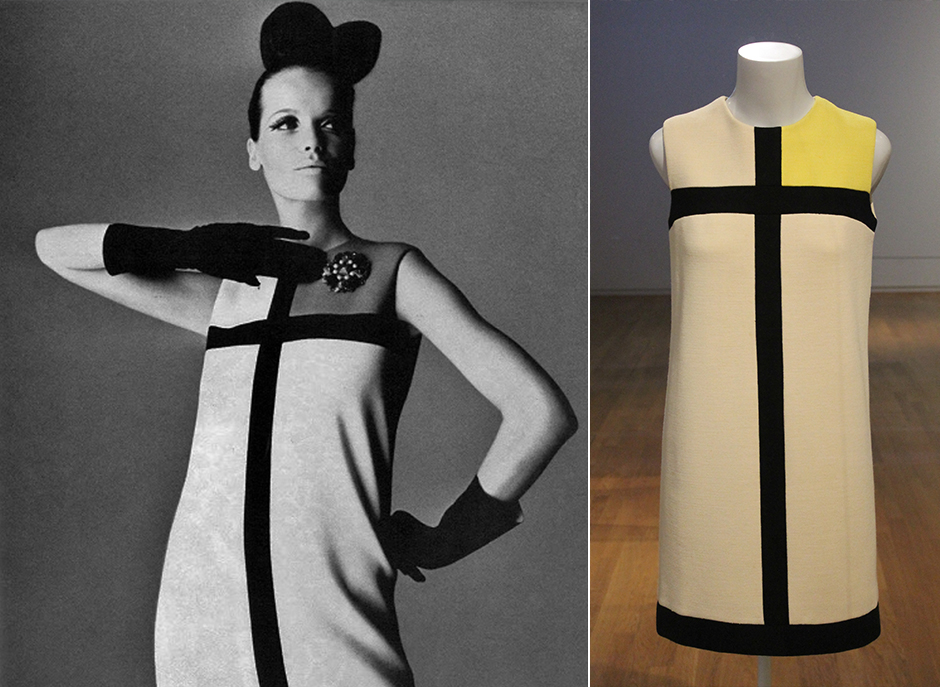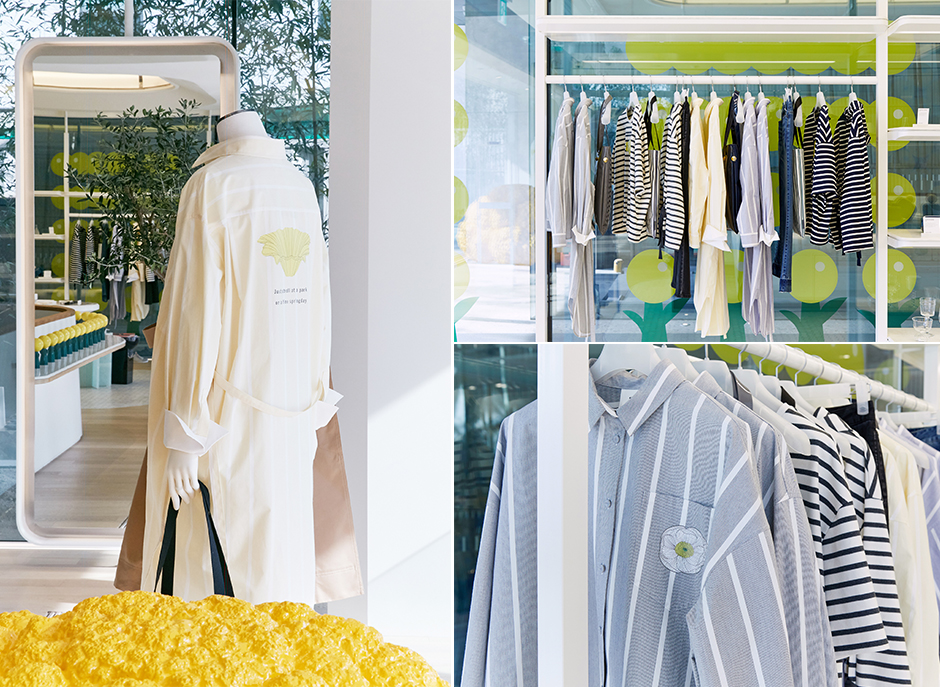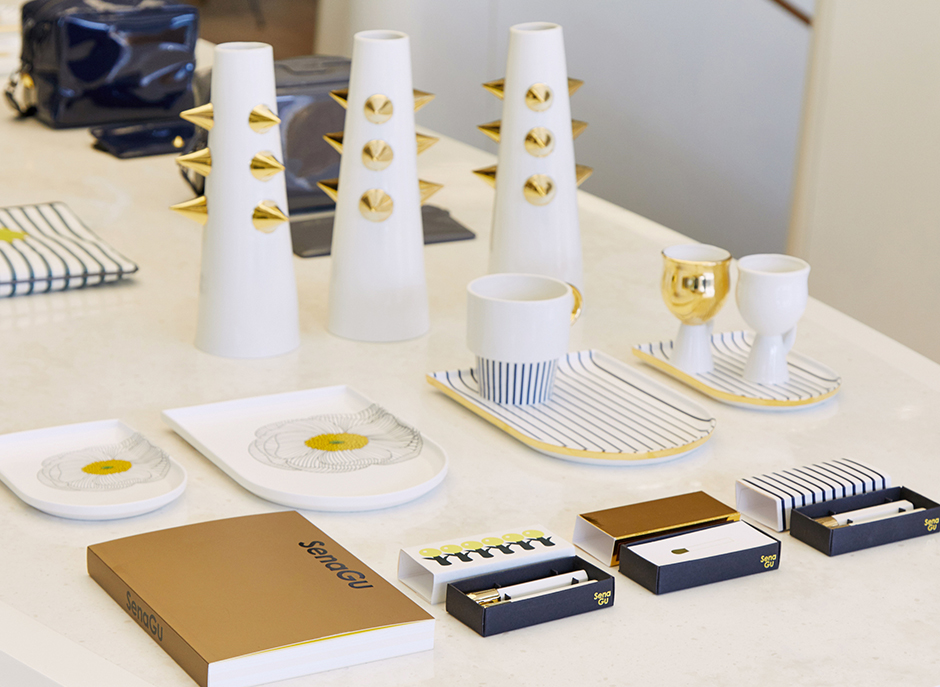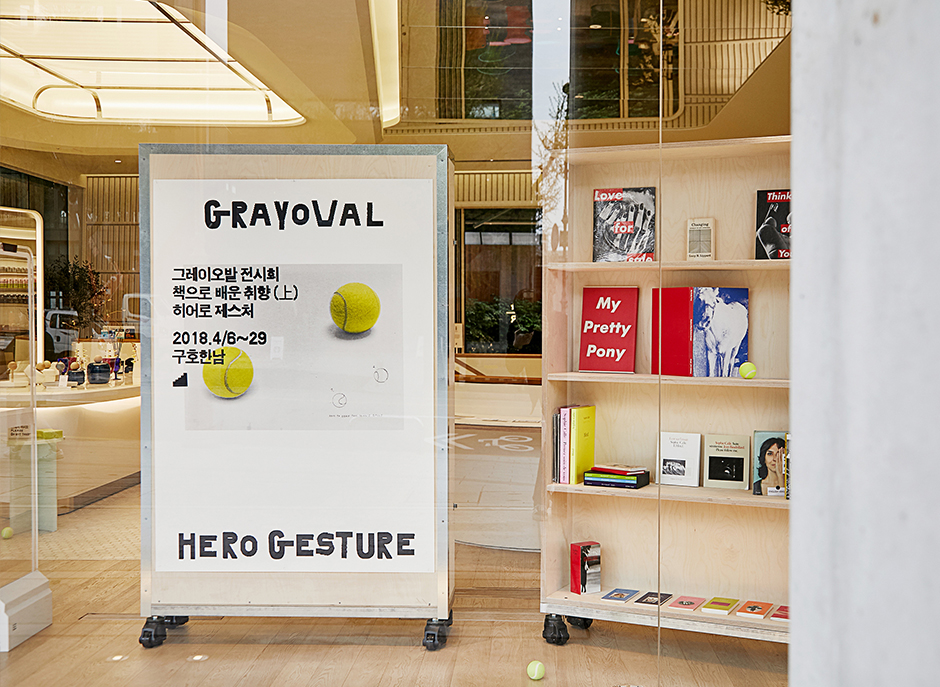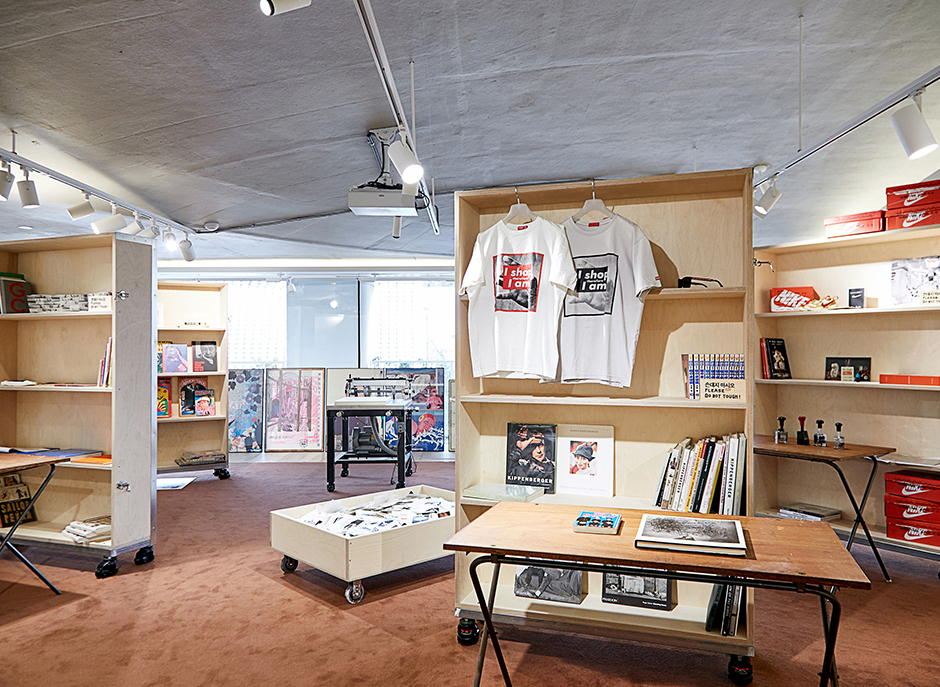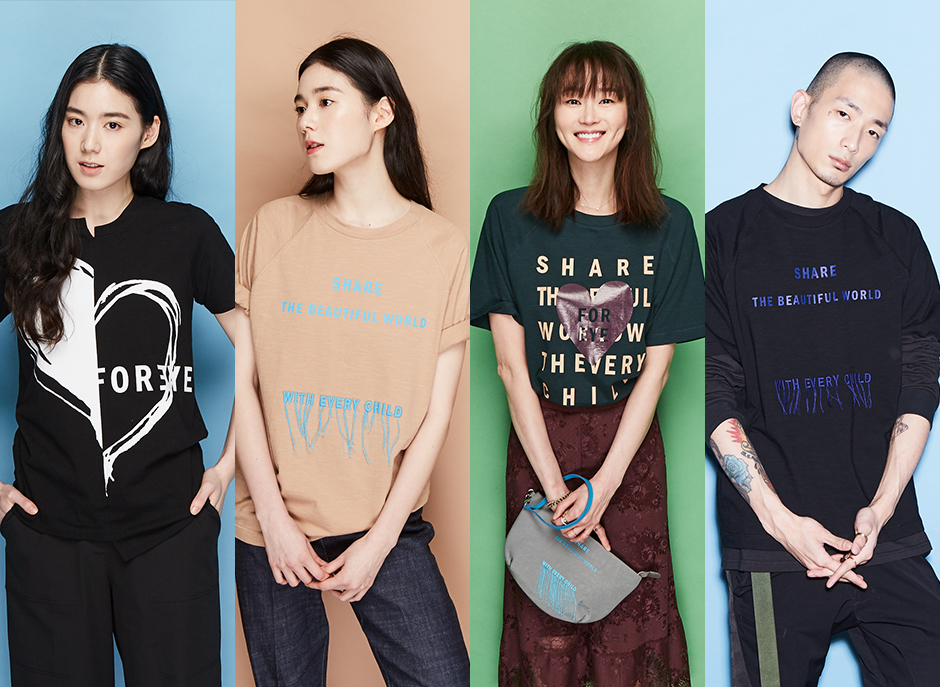Paris Fashion Week, 2009. Anticipation overflowed from the stands onto the dimly lit runway at Maison Martin Margiela’s Spring/Summer collection show. As soon as the lights went down, everyone in the audience knew something strange was afoot. Faceless figures, some ensconced in abstract silhouettes, others dressed in uncanny objects, floated down the runway like a stream of consciousness. The show was virtually indistinguishable from a Surrealist performance.
It may not be obvious on the high streets, but the boundary between fashion and art is as permeable as a sieve. Just as art imbues new meaning in our lives, fashion, in the words of the late fashion photographer Bill Cunningham, gives us “the armor to survive everyday life”. Both artists and fashion designers strive to inject lasting symbols and icons into the broader culture.
A History-Making Partnership
The shared desire to give form to new aesthetic ideals have brought many pioneers in art and fashion together to create new works.
In 1937, one of the most iconic garments in fashion history was born when Italian designer Else Schiaparelli, whose eccentric designs have adorned many socialites and celebrities, collaborated with Surrealist painter Salvador Dali. The result was the now infamous lobster dress – a white summer gown carrying a large print of the shellfish. Worn by American socialite Wallis Simpson for her wedding to the Duke of Windsor, which caused a constitutional crisis in the U.K., the salacious symbolism of the dress provided the perfect representation to the scandalous nature of the occasion, making the piece an instant classic.
Another pioneer to bridge the gap between the gallery and the runway was Yves Saint Laurent. The French designer’s collection of six minimalistic dresses decorated with bold black lines and geometric color blocks was an homage to modernist painter Piet Mondrian. Not only were the designs striking, but their popularity also led to the birth of ready-to-wear fashion.
Mutual Attraction
The symbiotic relationship between art and fashion continues to grow, with fashion designers seeking out ever more diverse types of artists to collaborate with.
Earlier this year, the search for motifs to capture the vibrancy of spring brought Samsung C&T contemporary fashion brand KUHO and Korean ceramic artist Sena Gu together to create a vivacious collection inspired by Gu’s bright and child-like installations. Not content with just making garments, the collaboration also spawned a series of accessories, ornate with two flowers synonymous with the ceramic artist’s work – the camellia and the poppy.
The collaboration reached its apex when Gu’s artwork was displayed alongside the fruits of the collaboration during a month-long exhibition at KUHO’s flagship store in Seoul. The occasion offered fashion fans a rare opportunity to experience a living intersection of contemporary art and fashion design.
Art and fashion are pillars of contemporary culture. At the same time, they can provide playful commentary on the state of modern-day living.
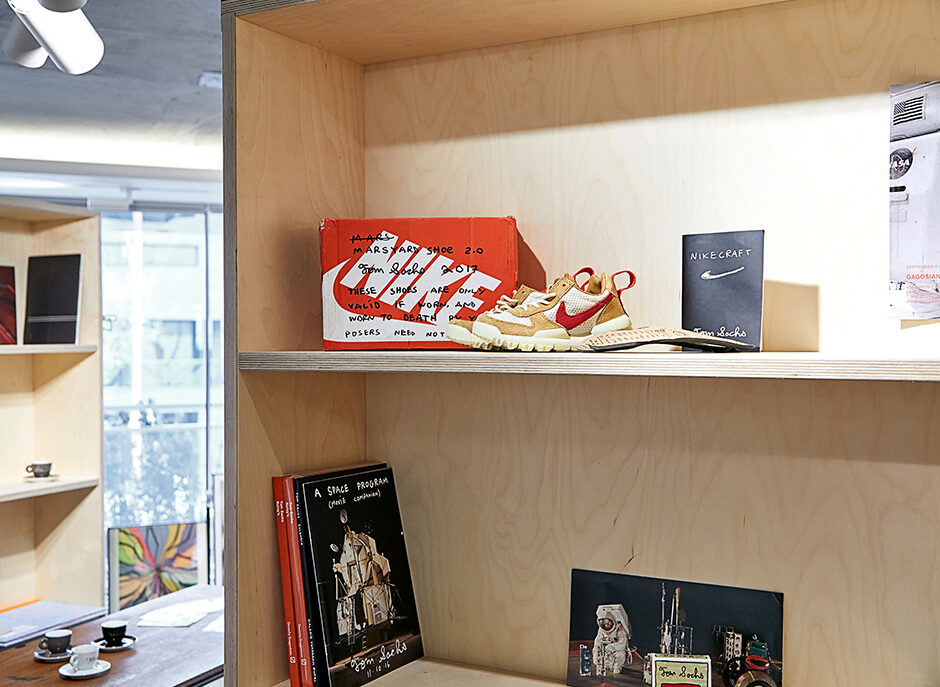
This self-aware sensibility of postmodernism was a running theme in KUHO’s latest collaboration with conceptual artist Do-hyung Kim. By combining everyday iconographies and Kim’s signature typography with the label’s simplistic designs, the streetwear collection offered a whimsical take on the values of our time. And to blur the boundary between art and fashion even further, the collection was shown as part of a multimedia installation at the brand’s Seoul flagship store, which also featured works by artists who inspired Kim, including Joseph Beuys and Erwin Wurm.
A Partnership for Good
The purpose of art is a question which has led to countless hours of debate. Among the thousands of books on this topic, however, art’s ability to shift societal perceptions seems to be an answer which has stood the test of time.
It is this enduring quality of art which led Samsung C&T’s fashion group to work with contemporary artists for the Heart for Eye campaign. Established just over a decade ago, the annual campaign has brought much-needed public attention to the plights of visually impaired children through clothes designed by a group of socially-conscious artists.
Aside from generating compassion, sales revenue from this year’s edition of the campaign will also be donated to fund vital operations and treatments for visually impaired children.
A Magnetic Duo
From creating totemic symbols to championing social causes, artists and fashion designers have found innumerable ways to collaborate. And as partnerships continue to flourish, so will more paradigm-shifting ideas emerge.



